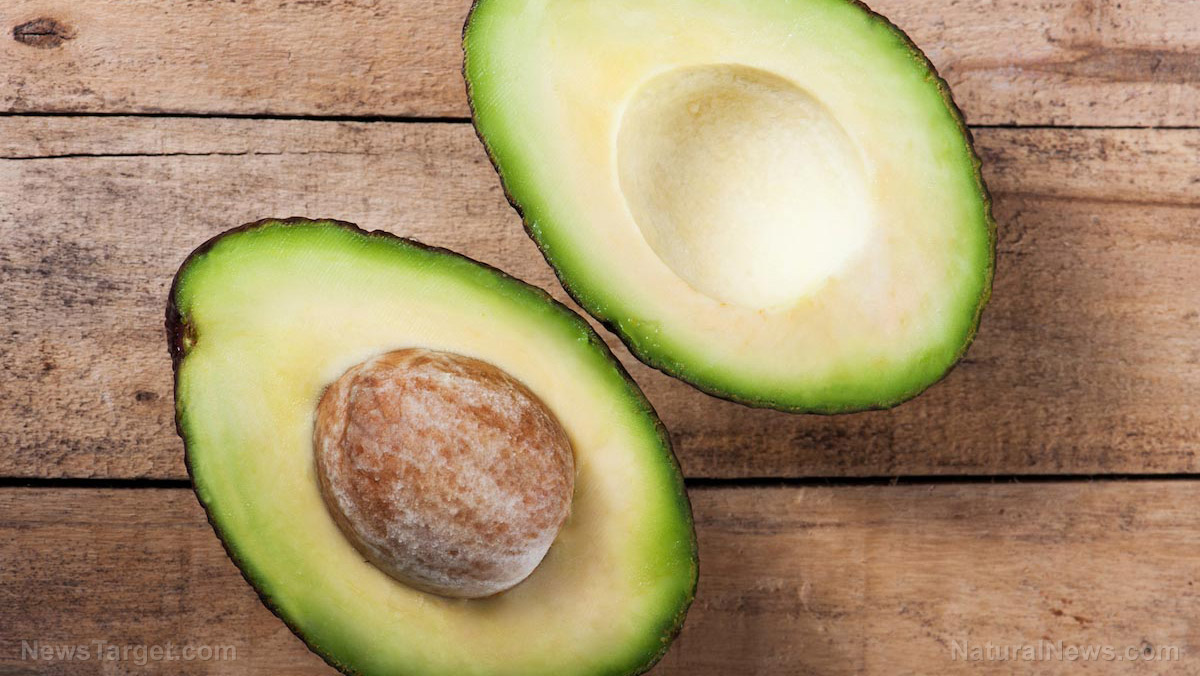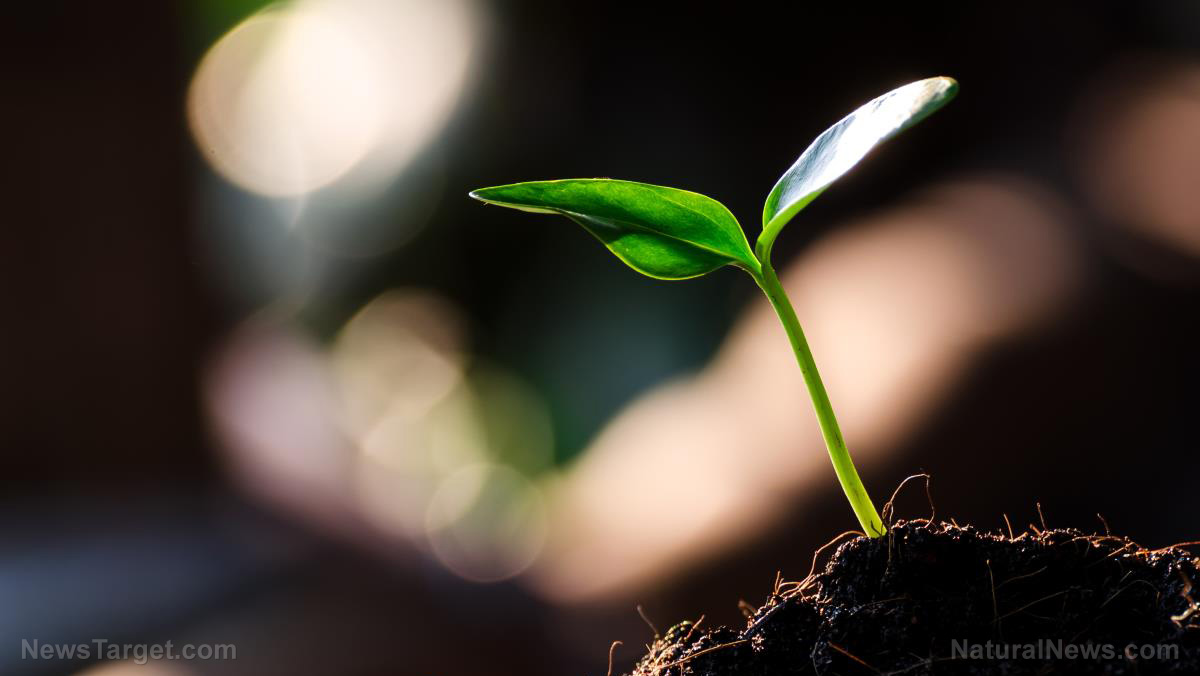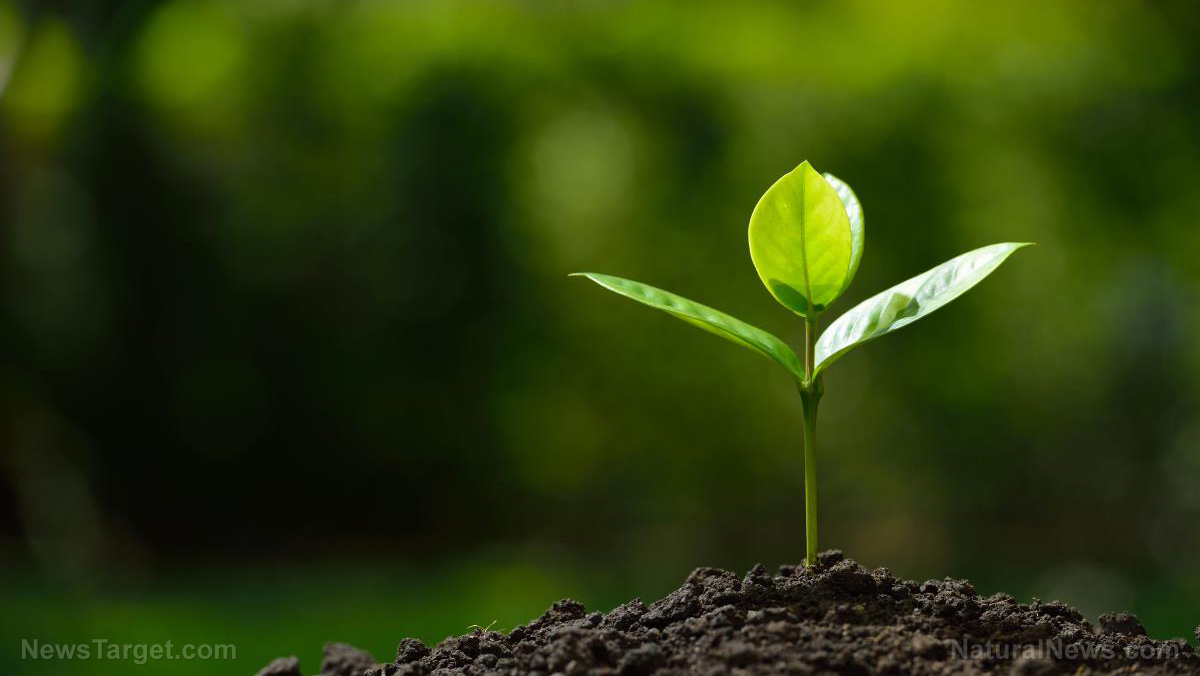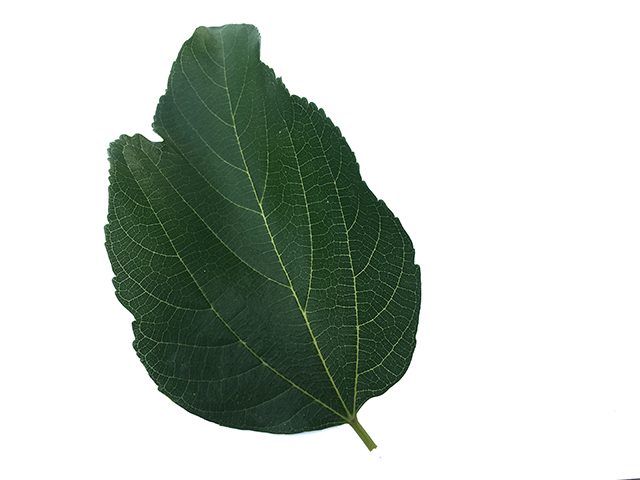
One of the primary sources of calories for people in developing countries, cassava is the third major source of carbohydrates in the world. The starchy root vegetable is native to South America; however, given its broad application and uses in various food items, it has been grown in many areas in Africa, where it serves as food security for millions of people. In particular, Nigeria – which produced at least 45 million tonnes in 2009 – is also heavily reliant on the crop, where it is processed into tapioca, starch, and other products.
For all its benefits for food security, people just can't eat it on the fly. Before it is consumed, cassava is usually processed to eliminate the presence of toxic cyanogenic glucosides in the roots and leaves. While this process makes cassava fit for human consumption, it leaves solid and liquid waste products that are hazardous to the environment. Of these residues, there are two that are notably dangerous – the cassava peels, which, when discarded in the open, causes health and environmental hazards, and the cassava mill effluent (CME), which can pollute arable lands because of toxic cyanide. (Related: Learn how to grow and cook cassava, a nutritious, drought-resistant survival food.)
The researchers took note of this issue, especially CME, and looked for effective and cost-efficient ways to address the problem. "The act of processing cassava for varied food products has come with unguided and wide-spread contamination of cyanide in the environment," they wrote in their study. "The need for effective reduction in cost to enable remediation of cyanide-contaminated sites from cassava mill factories is the purpose of this investigation."
Their study, which covered the effects of bio-simulating organic agro-wastes, explored the application of these food wastes as a substrate. In this manner, researchers could identify the microorganisms in the wastes that are responsible for the degradation of cyanide. They selected banana, pineapple, and watermelon wastes for their trials, which involved bio-stimulating these in cyanide contaminated soil. The sample soil for the trial each contained 100 grams of CME, which were amended with differing amounts of agro-waste. The samples had one, five, or 10 percent of banana, pineapple, and watermelon wastes, respectively. During this time, the set-ups were regularly monitored and measured for cyanide, and samples were taken for measurement every four days. In addition to the amount of cyanide present, these were also evaluated for the presence of heterotrophic bacteria and enzyme activity.
After the trials, which ran for at least a month, the team found that the soil with the 10 percent watermelon waste content was able to significantly reduce its cyanide content, compared to other types of food waste. They also found that a one phase-decay equation of one percent banana, five percent pineapple, and 10 percent watermelon waste treatment posted the shortest cyanide disintegration rate. Moreover, from other physicochemical properties of the soil, researchers found a positive correlation between the number of microbes in the soil and the amount of soil organic carbon present in it. This meant that as cyanide is degraded, soil nutrient and enzyme activity improves, restoring soil organic carbon content.
From the findings, the researchers concluded that agro-waste products, especially those from banana, pineapple, and watermelon, could be used to improve soil condition in those that have been contaminated by CME, and these are effective "in enhancing soil nutrient [and improving] soil enzyme activity."
Learn more about the negative impacts of cassava processing by following Harvest.news today.
Sources include:
Please contact us for more information.






















